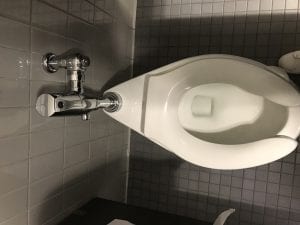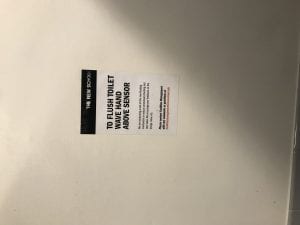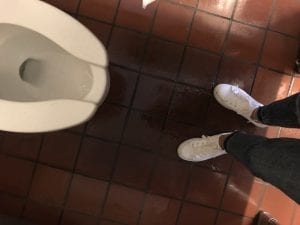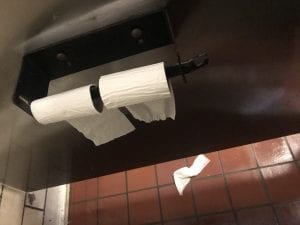My toilet design team and I have been very successful with coming up with new ideas for our ideal toilet. The group consists of myself, Maya Luna, and Denny. After viewing the slide deck of the different types and styles of toilets, we first decided that the S bend of the toilet should not be exposed, so that we have a clean and sleek aesthetic. We than began looking up different design ideas in order to conserve water. Denny found a great design, in which the sink is actually attached to back of the toilet. After going to the bathroom, you wash your hands with fresh clean water. That same water is then stored in the tank as grey water, so that next time the toilet flushes it recycles the water you just used. We all agreed that this would be very effective in saving the environment, and would also promote sanitation a great deal. Because the toilet and sink are one entity, I would also think that it would be cheaper to make this one product, instead of producing the two separately. We are also trying to determine what is the cheapest and most sustainable material to make this toilet with. And of course, coming up with ways to make the design culture sensitive.
Our goal is to make a design that is aesthetically pleasing, conserves water, saves money, and is culture sensitive. As of right now, we did not assign specific rules/duties for each person. We are altogether contributing ideas for our toilet. I think once we get a concrete design down, we will then assign roles for each person to fufill. Overall, it’s been fun and I think we will learn a lot through the makings of our design.





